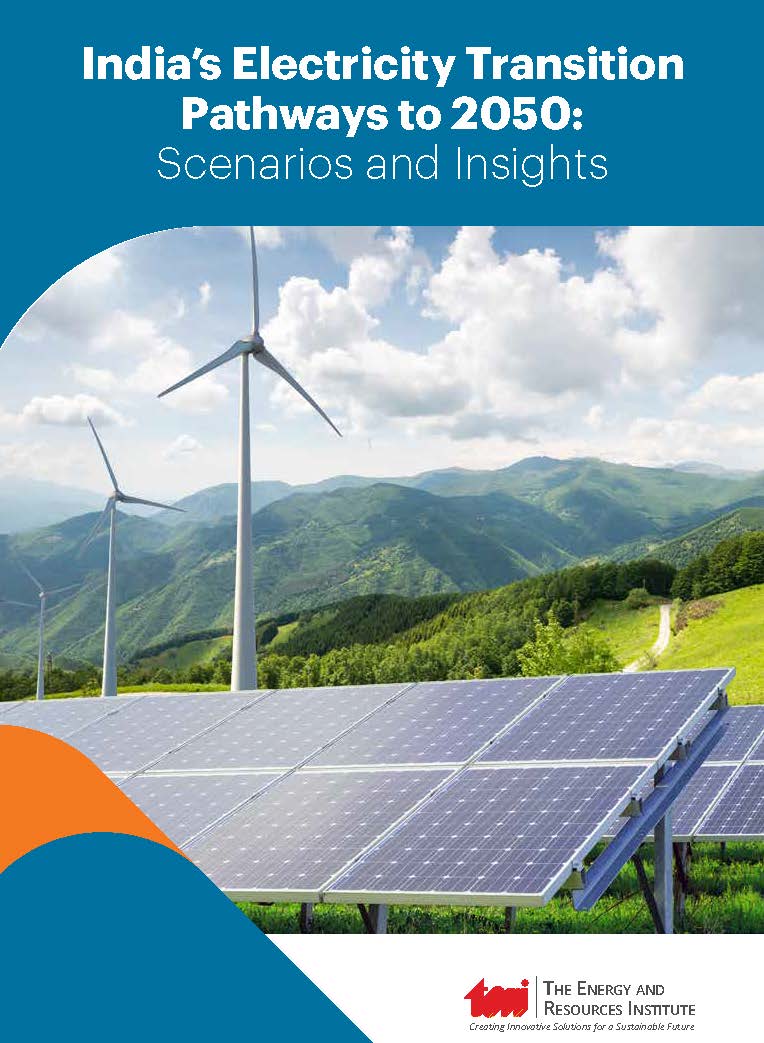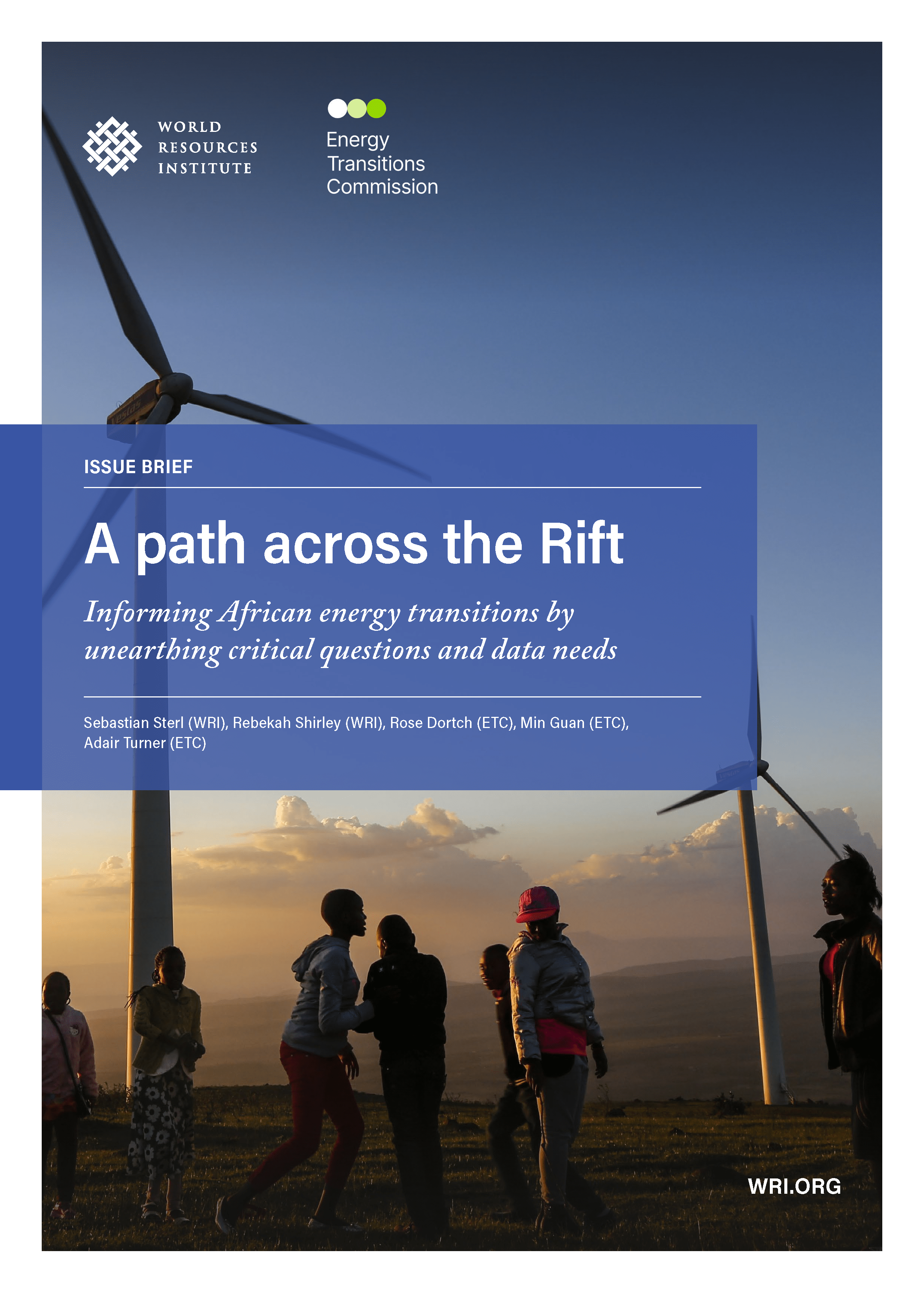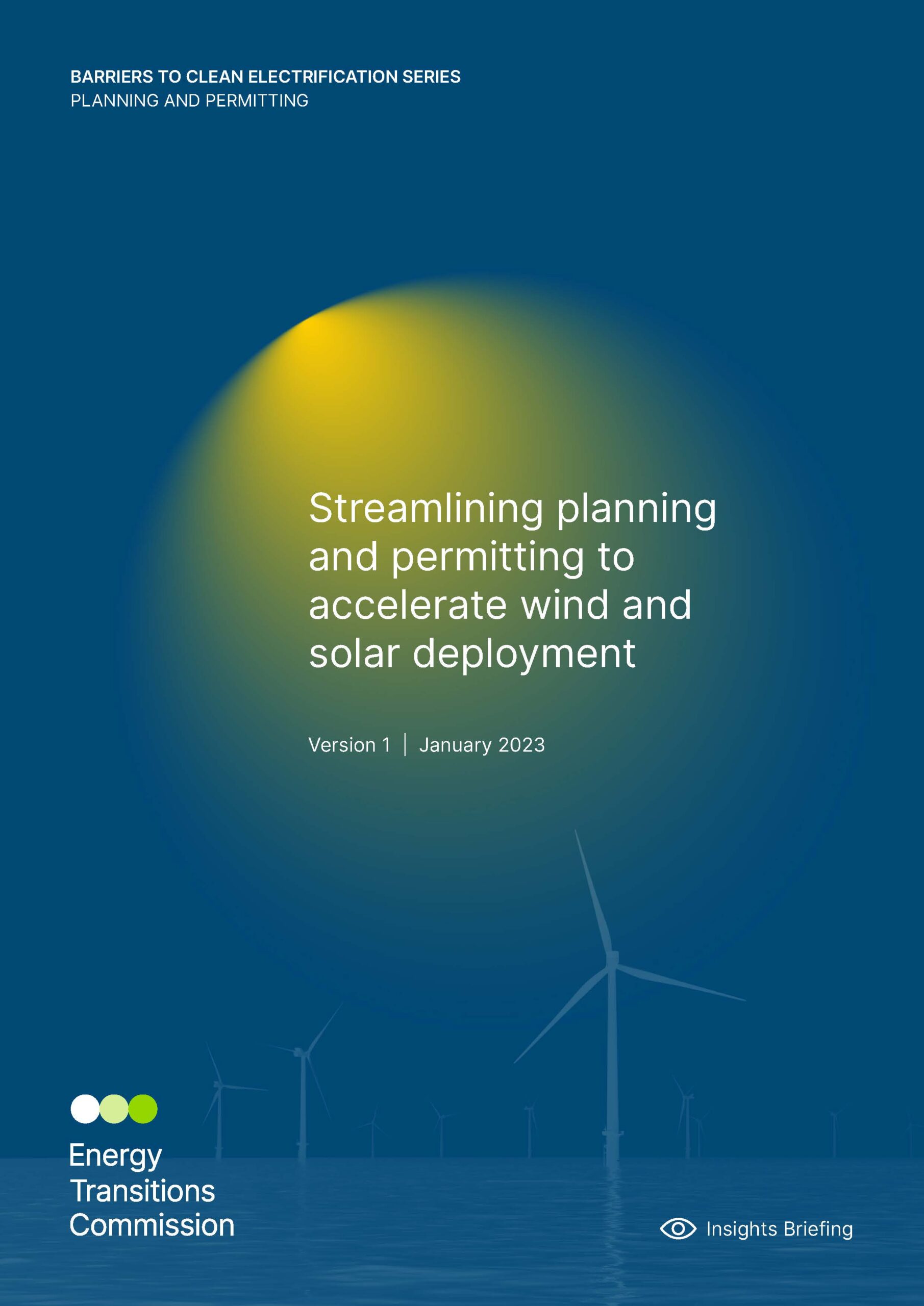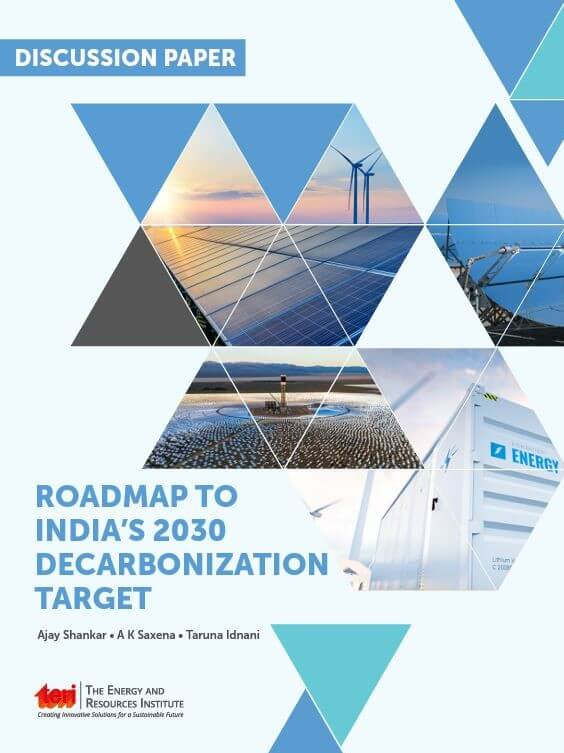Electricity
Future energy systems will be primarily based on electrons. The share of electricity in final energy demand is likely to increase from about 20% today to about 70% by mid-century. To meet this demand, the size of the global power system should be multiplied by 3.5-5, while also shifting entirely to zero-carbon power sources. How can this be achieved in 30 years? How fast should renewable capacity ramp up to keep pace with electrification?

Energy programme overview
Future energy systems will be primarily based on electrons, due to a massive electrification of mobility, heating and industry. The share of electricity in final energy demand is likely to increase from about 20% today to about 70% by mid-century. In addition, electricity will be used to produce hydrogen, which could be the second biggest form of final energy consumed globally, and hydrogen-based fuels (ammonia, synthetic fuels) to be used in long-distance shipping and aviation.
This implies that the global power system should grow by a factor of 3.5 to 5 by mid-century (depending on how energy efficient the economy becomes), while also reducing its carbon emissions to nearly zero. Thus, all new power generation capacity built in the next three decades should be zero-carbon and current electricity generation should be decarbonised. Meeting this challenge will require a rapid acceleration in the pace of renewable capacity deployment worldwide, as well as significant new investments in transmission, distribution energy storage and flexibility management.
In 2021, the ETC has published a new report entitled Making Clean Electrification Possible – 30 Years to Electrify the Global Economy. This sets out a roadmap to scale zero-carbon power systems over the next 30 years, with a focus on what needs to happen in the 2020s in order to achieve 2050 objectives. We analyse in particular the feasible pace of renewables deployment, the economics of this ramp-up, and the related flexibility and grid network implications. The report also outlines investment requirements, financing challenges and the implications for power market design. The analysis builds on regional deep-dives undertaken by ETC China and ETC India.
The recent publication builds on work conducted over the last four years by the ETC on the route to decarbonisation in the power sector. As early as 2016, we argued that it was possible to decarbonise electricity systems faster than previously assumed and that a renewable-based power system would be competitive with a gas-based power system by 2035 at the latest. Since then, we have been enthused by the continued decrease in the cost of renewable power generation and of flexibility provision, and have updated our vision accordingly.







